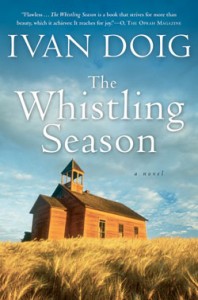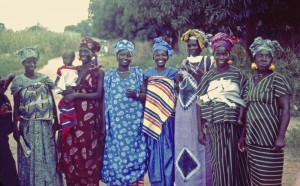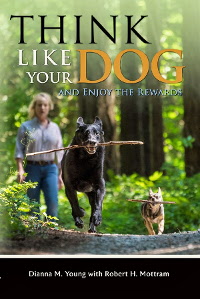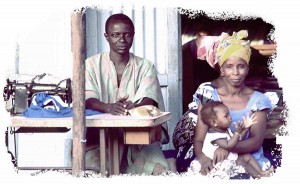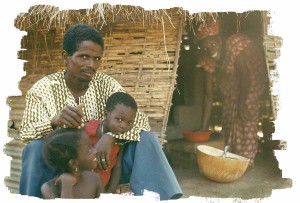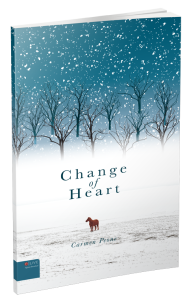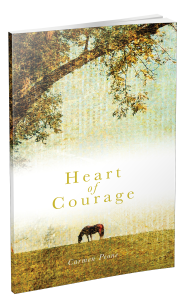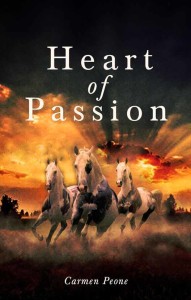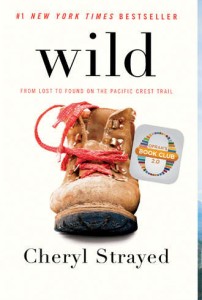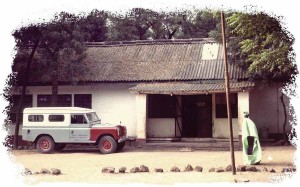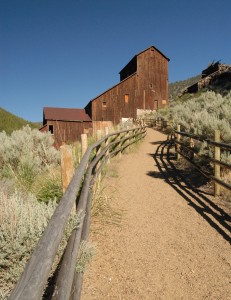
In 1864, two prospectors met a man with two bay horses, horses with hair coat color characterized by a reddish brown body and black mane and tail. The man told the prospectors of a rich mining ground he’d seen. Eventually the site was found and the name Bayhorse given to the creek, town and mining district.
Bayhorse, now a ghost town in central Idaho’s Custer County, is a fun and informative place to experience a fascinating part of Idaho’s mining heritage. Nestled in a narrow, rocky canyon about three miles from where Bayhorse Creek enters the Salmon River, the old mining town was at one time a rich silver and copper producing ground, but now its richness is in its history.
Early residents must have developed strong climbing muscles. Although the trails are well maintained, it takes a little effort to navigate the steep paths to view the interesting nooks and crannies. Go ahead: Stop to rest while looking at the breath-taking view of lush hills covered with aspen and Ponderosa pine.
Informative signage gives visitors the flavor of those long-ago days when, in the early 1870s, a rich vein of silver was discovered. Soon a smelter, mill and eventually a town of 300 sprang up around the steep rocky slope. Before families came, the area was a tough place with lots of whiskey consumed. With the presence of wives and children, the drinking was cut down considerably and it became a much more peaceful, civilized community.
With the success of the smelter, the town grew and businesses thrived. People flocked to the area, including mining engineers, miners, stone masons, loggers, merchants, mill men, businessmen, doctors, cooks and laundrymen. The town included several saloons, meat markets, general stores and boardinghouses. The majority of the buildings were made of wood with local stone foundations. Some of these old buildings still stand.
The Bayhorse Mill is the dominant structure of the site. The multi-level mill was built on a hill in descending stair-step levels. It relied on gravity to move the rock through the mill and used water to wash the pulverized rock through the millworks. From there the ore moved across sluice boxes, to settling tanks, and finally to the concentrating tables at the bottom of the mill.
During Bayhorse’s most productive years, 1882 through the 1890s, ten million dollars worth of metals–silver, gold, copper and lead–were extracted from the region. By the turn of the century only a handful of miners remained. In the end, nearly 100,000 tons of ore was pulled from the mountains, leaving more than 25,000 tons of tailings and mine waste. Eventually, devastating fires, dwindling reserves of high grade ore and failing silver prices doomed the town’s existence.
An intriguing stone building, locally called the Wells Fargo Building, is one of the more intact standing buildings. It was possibly named after the design of early Wells Fargo buildings. Although its use is unknown, the sturdy building was possibly used to store bullion before it was transported.
The construction of nine charcoal kilns in 1882 saved transportation costs and created jobs. The conical “beehive” construction needed no bracing and was built of native stone. The kilns were easy and cheap to build and were strong enough to endure the operation’s low heat requirement. More men were required to cut and supply wood for the kilns than to actually operate them. In total, it took 48 men to supply wood and operate the kilns to produce the charcoal to keep the smelter operating. The kilns were abandoned in 1895 and coke was shipped in from Ketchum, ID to operate the smelter.
Transportation was a big problem from the early days around 1870 through the early 1900s. The remoteness and difficulty getting the product out of the area for processing made it almost impossible for the small claim owner to survive. Snow-blocked passes made winter travel impossible. The closest railhead in Blackfoot, Idaho was 375 rough and dangerous miles away. By the time the product was delivered to its destination, the minors often spent more for transportation than they took from the rich earth.
Bayhorse is a part of Idaho’s State Park system and there is a $5 entrance fee. Although there is no overnight camping, the spacious parking lot can easily accommodate RVs. Further up the road, there are a few small campgrounds with no water. We stayed at nearby Bayhorse Campground, managed by the Bureau of Land Management, a nice little place with 14 campsites suitable for RVs, available water and pit toilets. The campground is near the town of Challis, Custer County seat.
To get to Bayhorse mining town: From Idaho Highway 75, between Challis and Stanley, just east of milepost 236, cross a one-lane bridge and you’ll see the signs to Bayhorse.


